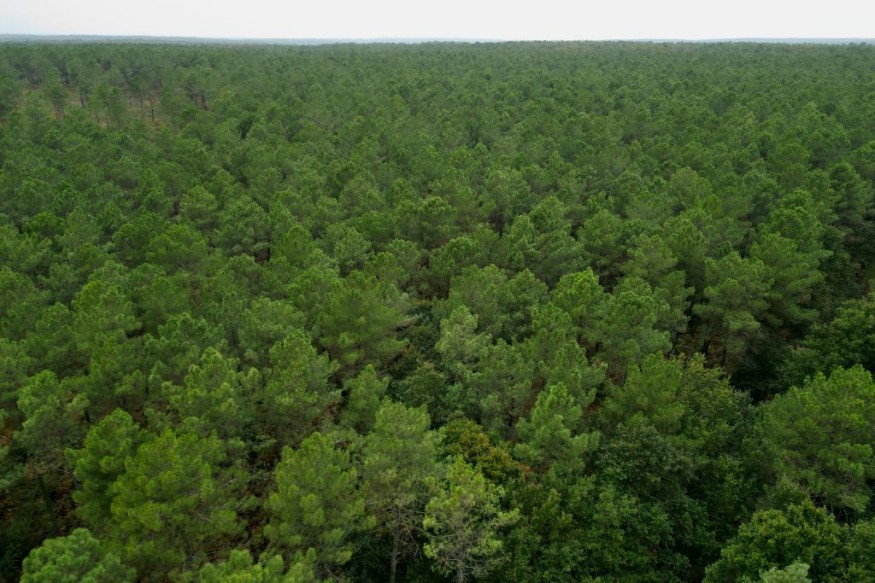
A recent study has found that the native trees' movement towards the pacific northwest could help ensuring their survival.
Researchers noted that as the world's climate warms, tree growing ranges in the Northern Hemisphere are predicted to move farther north and higher in elevation.
Humans Helping Trees To Keep Up
They explained the system called assisted migration wherein humans can help trees keep up with climate change by moving them to more favorable ecosystems. This process is considered to be faster than the trees migrating at their own pace.
The US Department of Agriculture Forest Service said that natural migration is very slow for most tree species. According to Leslie Brandt, a climate adaptation specialist, trees do not have a very far seed dispersal distance, noting that they just cannot keep up with the rapid pace of climate change.
Brandt noted that the continuing and projected changes in climate exceed the natural migration and adaptation abilities of many tree species. She said this could translate into whole-forest and whole-landscape impacts from climate-induced die-offs.
According to Brandt, if North American native trees do not fill the space, it might cause even greater problems as invasive tree species can rapidly take over or the ecosystem could rapidly change, like from hardwood to pine forest or from pine forest to prairie.
She said that these dramatic changes can cause harmful impacts on wildlife and humans who rely on these landscapes for resources to survive and thrive.
Brandt explained that this is when assisted migration could help.
Types of Assisted Migration
Assisted migration is the human-assisted movement of populations or species in response to climate change and could be a proactive, pragmatic tool for building climate resilience in our landscapes.
According to experts, there are three types of assisted migration, which include assisted population expansion, assisted range expansion, and assisted species migration.
Assisted population migration involves tree movement to new locations within their established historical range, typically as a seed or seedling.
When it comes to assisted population migration, researchers collected seeds from a slightly lower elevation or latitude from trees of the same species. They said that these are likely to have slightly different genetic material that makes them adapted to warmer conditions.
On the other hand, assisted range expansion is tree movement from their current range to suitable areas just beyond their current range.
Meanwhile, scientists said that assisted species migration can be a little more controversial, but many of them argue that it is necessary given the rate of changes that they have been seeing on the landscape, especially due to exotic insects and diseases.
They pointed out that for rare or threatened species, assisted migration may be the only way to save a species.
Experts said that assisted migration may be motivated by a variety of different management goals and objectives.
It was said that clarifying management intent should be the first step in considering how or if to pursue assisted migration, whether the goal is to maintain or enhance genetic diversity within a population, protect a species or population from extinction, mimic natural dispersal interrupted by human habitat barriers, maintain ecosystem functions, or enhance the productivity of a commercially valuable species.
Related Article : Climate Change Threatens the Survival of Over 700 Endangered Plant and Lichen Species
© 2025 NatureWorldNews.com All rights reserved. Do not reproduce without permission.





